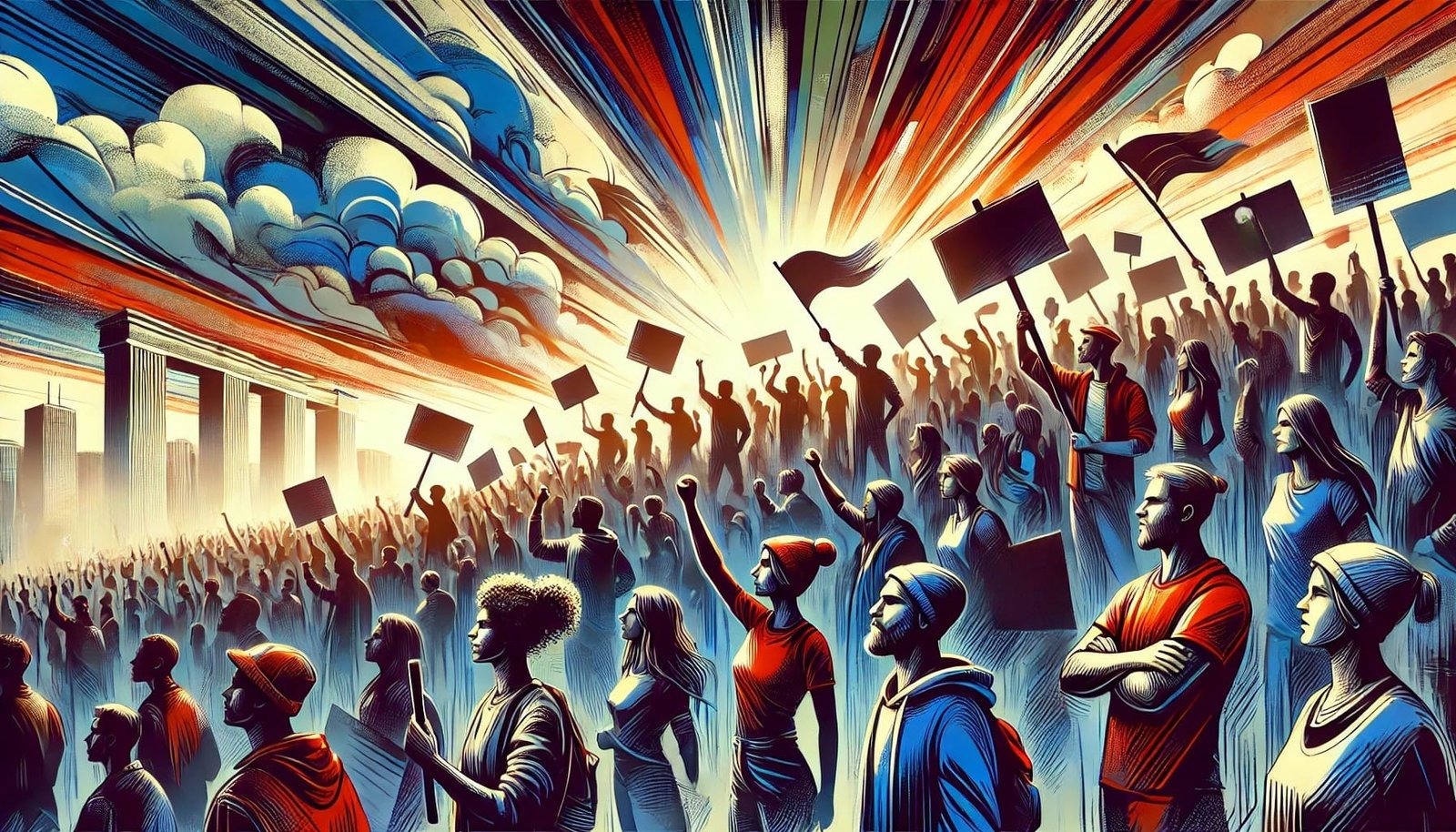Understanding the Anatomy of Social Movements
Social movements aren’t just abstract forces of change; they’re the heartbeat of history, the collective roar of people who refuse to accept the status quo. From civil rights to climate action, these movements shape our world, drawing on shared grievances, strategic mobilization, and a relentless drive for justice. But what makes them work? Why do some ignite revolutions while others fade away? Let’s break it down.
Beneath every movement lies an ecosystem of ideas, emotions, and organization. They grow through distinct phases of emergence, growth, confrontation, and adaptation, each testing the strength and resolve of those involved. Understanding this anatomy shows how ordinary people turn frustration into coordinated action that reshapes societies.
The Roots of Social Movements: Why They Begin

Movements rarely appear overnight. They emerge from moments of pressure, loss, or awakening that reveal the limits of endurance. When enough people recognize that their private frustrations are shared by many, discontent becomes collective power. This transition from complaint to coordination marks the birth of a movement.
- Relative Deprivation: Ever feel like you’ve been promised more than you’re getting? That’s the frustration that fuels movements. Ted Robert Gurr explains that anger builds when people perceive a gap between their expectations and reality. This sense of injustice doesn’t just simmer, it explodes into action when people feel there’s a path forward.
- Structural Strain: Think Karl Marx and Émile Durkheim. When economic hardship, inequality, or political repression tighten the screws, people don’t simply endure; they act. Whether workers demanding fair wages or marginalized groups pushing for rights, strain in the system often catalyzes large-scale mobilization.
- Political Opportunities: Movements don’t rise in a vacuum. They wait for the right moment. Sidney Tarrow and Doug McAdam show that movements advance when cracks appear in the system, such as weakened governments or policy shifts. When a regime falters or a law opens a door, activists step through.
- Identity and Grievances: Movements thrive on collective identity. Alberto Melucci highlights how shared experiences and injustices create a unifying “us versus them” mindset. Whether it’s race, gender, or economic status, belonging to a cause transforms individuals into a coordinated force.
Every movement begins with recognition: that personal struggles are part of a larger pattern, and that action can alter it. Once this awareness spreads, what began as private frustration becomes organized momentum, setting the stage for everything that follows.
Mobilization: The Power of Resources

Every movement begins with conviction, but conviction alone cannot sustain it. To move from inspiration to influence, people must organize, coordinate, and communicate. Successful movements turn moral energy into logistical power, building the capacity to act at scale and persist over time.
- Resource Mobilization: Passion is important, but movements stall without resources. Mayer Zald and Charles Tilly emphasize that access to funding, skilled organizers, and communication channels keeps movements alive. Without money for logistics, people to coordinate, and platforms to share the message, even the strongest causes can lose momentum.
- Leadership and Networks: Leadership shapes every phase of a movement. Charismatic leaders such as Martin Luther King Jr. and Nelson Mandela inspire, organize, plan, and unify. Behind them, digital and real-world networks connect participants, sustain momentum, and keep the cause active beyond the first wave of protests.
Organization turns belief into capability. When resources, leadership, and networks align, a movement gains structure that allows passion to endure and purpose to spread.
Framing the Narrative: Why the Right Message Matters
People join movements when they see their own experiences reflected in the cause. Framing gives meaning to action by shaping how problems are understood and how solutions are imagined. The right message connects emotion, identity, and strategy into a story people want to be part of.
- Strategic Messaging: A movement may have strong ideas but fail if it cannot express them in a way that resonates. David Snow and Alberto Melucci note that movements gain strength when their messages align with cultural values and shared language. The shift of LGBTQ+ rights from a marginal issue to broad acceptance shows how effective framing can open public space for change.
- Challenging Hegemony: Antonio Gramsci’s idea of counter-hegemony describes how movements confront dominant beliefs. Framing is not only about opposing power but about redefining what society considers normal, legitimate, or possible.
When movements shape the narrative, they set the boundaries of public debate. Framing determines whether an idea remains an argument or becomes a shared conviction.
Tactics: How Movements Fight for Change
Every movement must decide how to act. Strategy gives purpose, but tactics give form. From symbolic protests to sustained campaigns of disruption, tactics translate conviction into pressure. They determine how power is confronted, how attention is gained, and how momentum is sustained over time.
- Disruptive Tactics: Frances Fox Piven and Richard Cloward explain that marginalized groups often rely on strikes, occupations, or demonstrations to compel recognition. When formal institutions fail to respond, disruption becomes a way to force dialogue and expose inequality to public view.
- Nonviolent Resistance: History shows that nonviolent action produces the most durable results. Gene Sharp and Erica Chenoweth document how peaceful resistance, including sit-ins, boycotts, and civil disobedience, broadens participation and limits the state’s ability to justify repression.
- Repertoires of Contention: Charles Tilly observed that movements inherit and adapt proven methods from earlier struggles. Tactics evolve, yet they remain rooted in a collective memory of what has worked before. Each generation refines the tools of resistance for its own conditions.
Tactics are the visible edge of a movement’s will. They reveal its discipline, creativity, and resilience, turning collective intention into measurable action.
Power and Resistance: The Establishment Strikes Back
Every movement that rises to challenge authority eventually meets resistance. Power protects itself through laws, institutions, and narratives that preserve the existing order. Understanding how systems respond to pressure helps explain why some movements endure while others are contained or co-opted.
- State Repression: Charles Tilly and James C. Scott describe how governments react to dissent through surveillance, policing, and legal constraints. Crackdowns, arrests, and restrictions on assembly are used to limit coordination and discourage participation. Yet repression can also expose injustice, drawing greater attention to the cause.
- Cultural Battles: Antonio Gramsci observed that power operates through culture as much as through force. Control over media, education, and symbols shapes what society considers legitimate. When movements contest these narratives, they challenge not only policies but the moral foundation of authority itself.
- Economic Forces: Karl Marx and Immanuel Wallerstein show that economic power is often the hardest to confront. Movements that disrupt profit or labor hierarchies face opposition from those who benefit from the system. Understanding these dynamics reveals why material reform often requires cultural and political struggle together.
Power never yields willingly. The contest between authority and resistance defines the rhythm of change, testing the endurance and adaptability of those who seek transformation.
Measuring Success: When Do Movements Win (or Lose)?
Victory in social movements is rarely absolute. Some achieve sweeping reform, others shape public consciousness, and many leave behind lessons that guide future struggles. Measuring success means looking beyond immediate outcomes to the deeper changes in policy, culture, and collective awareness that follow.
- Political and Social Change: Sidney Tarrow and Doug McAdam explain that movements succeed when they align with favorable political conditions. The Civil Rights Movement is a clear example, channeling moral pressure into legislative change by taking advantage of shifting public sentiment and political openings.
- Movement Decline: Mancur Olson and Frances Fox Piven note that movements can weaken through exhaustion, division, or suppression. As enthusiasm fades or resources run out, coordination becomes harder to maintain. Longevity depends on adapting structure and strategy to changing circumstances.
- Institutional Co-optation: Some movements enter the very systems they sought to reform. Integration brings recognition and influence but can also soften the demands that made the movement distinct. The challenge lies in maintaining purpose while engaging with established institutions.
Success is best seen as a continuum rather than a single moment of triumph. Even when a movement seems to fade, the ideas and networks it leaves behind often shape the next wave of change.
Going Global: Transnational Movements & Intersectionality
Modern movements operate across borders, linking local struggles to global systems. Shared technology, communication networks, and awareness of interdependence have created a new scale of activism where causes in one region echo in another. Globalization has made solidarity faster, broader, and more complex, but it has also introduced new challenges of coordination and representation.
- Transnational Activism: Sidney Tarrow and Immanuel Wallerstein show how activism now extends beyond the nation-state. Movements for climate action, human rights, and economic fairness mobilize across continents, connecting people who face similar conditions under different governments. The Arab Spring and the #MeToo movement both demonstrate how ideas and strategies can spread through shared experience and global media.
- Intersectionality: Nancy Fraser and Alberto Melucci emphasize that every movement carries multiple dimensions of struggle. Race, gender, class, and identity shape how people experience inequality and participate in resistance. Recognizing these overlapping realities allows movements to build coalitions that reflect the diversity of those they represent and to address injustice more completely.
As movements expand across borders and identities, they create a more connected form of resistance. Global activism shows that local victories are rarely isolated and that the pursuit of justice increasingly depends on networks that cross cultures and continents.
Everyday Resistance: The Unseen Acts of Defiance
Resistance is not always visible or dramatic. Many of the most enduring struggles unfold quietly within daily routines, where people find subtle ways to reject domination and preserve dignity. These acts may not make headlines, yet over time they shape cultures and sustain the spirit of defiance.
- Subtle Acts of Defiance: James C. Scott and Frantz Fanon describe how marginalized communities resist through small, persistent gestures. Refusing to adopt imposed customs, slowing work under exploitative systems, or protecting cultural traditions are all ways of reclaiming agency. These actions build resilience and remind oppressors that control is never complete.
- Anti-Colonial Resistance: Frantz Fanon and Immanuel Wallerstein show that imperial systems generate opposition even when open protest is impossible. Indigenous peoples who continue speaking their languages, artists who preserve banned symbols, and networks that share forbidden ideas all participate in a form of quiet rebellion. These efforts defend identity and autonomy in the face of domination.
Everyday resistance endures where open confrontation cannot. It is the slow, patient assertion of humanity that keeps the possibility of freedom alive even under the weight of repression.
The Emotional Core: Hope, Anger, and the Psychology of Movements
Social movements are driven as much by feeling as by strategy. Emotions turn private pain into collective action, giving energy to movements that might otherwise fade under pressure. Hope, anger, and solidarity transform fear into participation and connect individuals through shared purpose.
- Mobilizing Emotions: Émile Durkheim and Frantz Fanon examine how emotional energy fuels participation. Anger at injustice and hope for change combine to create momentum that logic alone cannot achieve. Large-scale protests often emerge when frustration becomes stronger than fear, reaching a moment when people feel united by shared emotion and urgency.
- Psychological Impact: Frantz Fanon shows that oppression works both physically and mentally. Systems of inequality erode confidence, dignity, and a sense of belonging. Acts of resistance, whether public or symbolic, restore self-worth by rejecting imposed inferiority. Each gesture of defiance becomes an affirmation of identity and humanity.
Emotion gives movements their pulse. It binds people together, sustains endurance, and turns belief into courage. Without emotional conviction, even the most organized movements struggle to inspire lasting change.
Technology & Cultural Shifts: The Changing Face of Activism

Technology has transformed the landscape of activism. Information moves faster, ideas spread wider, and communities that once struggled to connect can now organize instantly. Cultural change and digital innovation together shape how people understand power, solidarity, and resistance in the modern age.
- Social Media and Organizing: David Snow and Alberto Melucci describe how online platforms expand the reach of activism. Hashtags evolve into movements, linking local events to global audiences. Through digital networks, activists coordinate protests, share firsthand accounts, and challenge misinformation in real time. The Black Lives Matter movement demonstrated how digital communication can expose injustice and mobilize people across borders.
- Cultural Evolution: Alberto Melucci notes that modern activism reflects new priorities tied to identity, sustainability, and human rights. Movements centered on climate action, LGBTQ+ equality, and digital freedom show how causes adapt to changing values and technologies. As society redefines what matters, activism evolves to meet those emerging concerns.
Technology has not replaced traditional organizing but expanded its reach. By combining digital tools with cultural awareness, modern movements turn connectivity into a force for coordination, visibility, and lasting influence.
The Power of Movements
Social movements are the living engines of transformation. They give shape to the moral and political currents that drive societies forward. Every generation inherits unresolved struggles and unanswered questions, and through collective action, it redefines what justice, freedom, and equality mean in its own time. Movements are not isolated episodes but part of a continuous human effort to close the gap between the world as it is and the world as it could be.
Their power lies in their ability to translate emotion into organization, and organization into action. From neighborhood assemblies to global campaigns, they connect people who might never meet but who share the same belief that change is both possible and necessary. These networks of solidarity create momentum that no single leader or institution can command. They remind us that history is not written only by governments or corporations but by the millions of ordinary people who refuse to remain silent.
Some movements change laws, others change minds. Some endure for decades, while others flare briefly but leave behind ideas that ignite again later. Each contributes to a larger cycle of awakening and renewal. Even when a movement fades, the tools it builds, the alliances it forges, and the awareness it creates remain.
The enduring lesson is that progress depends on participation. Movements begin wherever people decide that inaction is no longer acceptable. They turn shared conviction into collective will, ensuring that the story of change continues to evolve with every new act of courage.
DISCLAIMER: Links included might be affiliate links. If you purchase a product or service with the links that I provide I may receive a small commission. There is no additional charge to you.





Leave a Reply